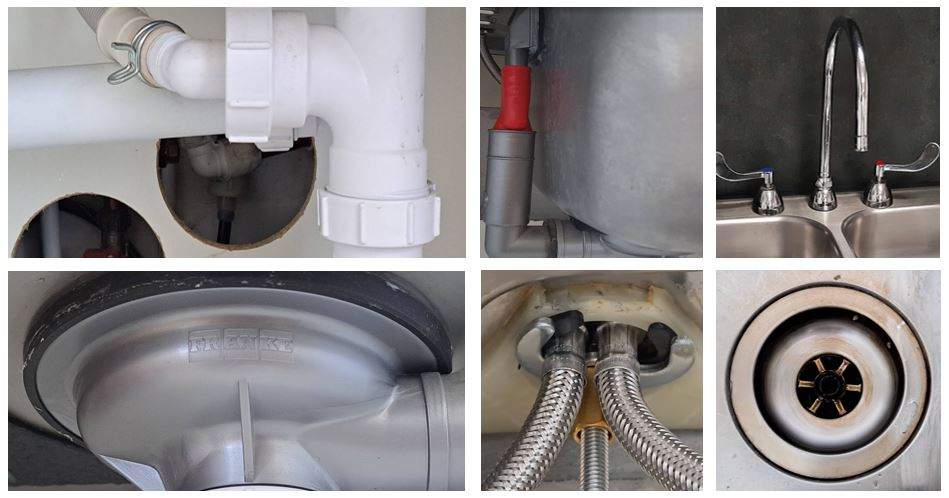
Master the Plunge: Tips for Clearing Clogged Toilets
Understanding the Plunger: Your Essential Tool
When faced with a clogged toilet, reaching for the plunger should be your first instinct. But do you really understand this humble tool? A plunger consists of a rubber cup attached to a wooden or plastic handle. Its design allows for a tight seal around the drain opening, essential for generating the pressure needed to dislodge blockages. Before you begin plunging, ensure that the plunger’s cup is fully covering the drain to maximize effectiveness.
Preparation Is Key: Set the Stage for Success
Before diving into action with your plunger, it’s crucial to prepare the toilet for the task ahead. Start by donning a pair of rubber gloves to protect your hands and maintain hygiene. Next, remove any excess water from the toilet bowl using a small container or cup. This step prevents splashing and ensures that the plunger can create a proper seal without obstruction. Additionally, if the water level is too high, it may dilute the plunging force, making the task more challenging.
Plunging Technique: Mastering the Motion
Effective plunging is as much about technique as it is about force. Begin by positioning the plunger directly over the drain opening, ensuring a snug fit. With a firm grip on the handle, push the plunger down forcefully, then pull it up rapidly. This motion creates suction and pressure alternately, helping to dislodge the blockage. Repeat this plunging action several times, maintaining a consistent rhythm and pressure. Be patient, as stubborn clogs may require multiple attempts to clear completely.
Timing Is Everything: Patience Pays Off
When faced with a stubborn blockage, it’s easy to become frustrated and resort to aggressive plunging. However, patience is key to achieving success. Take breaks between plunging attempts to allow water and pressure to work on the obstruction naturally. Additionally, avoid flushing the toilet repeatedly in hopes of dislodging the clog, as this may exacerbate the problem or cause overflow. Instead, focus on steady, controlled plunging motions until the blockage clears.
Know When to Seek Help: Signs of a Serious Blockage
While plunging can resolve many toilet clogs, some issues may require professional intervention. If repeated plunging attempts prove unsuccessful or if you notice signs of a more serious problem, such as sewage backup or foul odors, it’s time to call a plumber. Attempting to resolve complex plumbing issues on your own can lead to further damage and costly repairs. Don’t hesitate to seek assistance if you’re unsure or if the problem persists despite your efforts.
Preventive Measures: Tips for Avoiding Future Clogs
Once you’ve successfully cleared the clog, take proactive steps to prevent future occurrences. Avoid flushing large or non-flushable items, such as wipes, sanitary products, or excessive toilet paper. Consider installing a drain strainer or hair catcher to prevent hair and debris from entering the drain pipes. Regular maintenance, such as periodic plunging or using enzymatic drain cleaners, can help keep your toilet running smoothly and minimize the risk of future clogs.
In Conclusion
Mastering the art of plunging is a valuable skill for any homeowner, helping to resolve one of the most common household plumbing issues. By understanding the basics of plunging technique, preparing properly, and knowing when to seek professional help, you can tackle toilet clogs with confidence and efficiency. Remember, patience and persistence are key, and preventive maintenance can go a long way in avoiding future plumbing headaches. Read more about plunging a toilet










